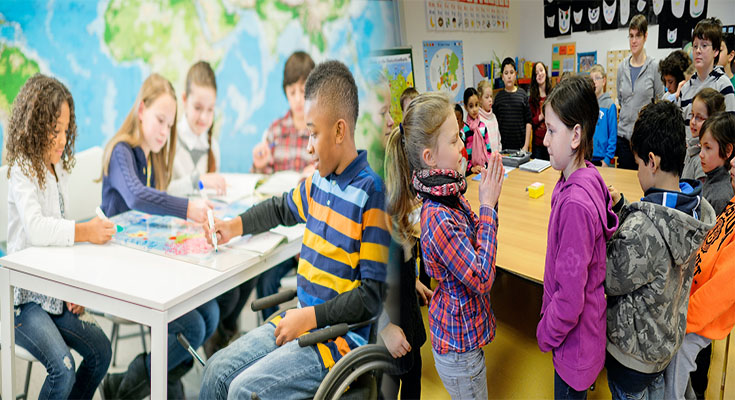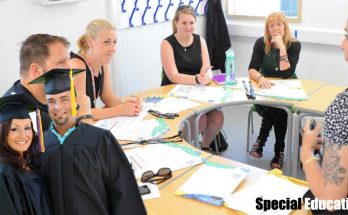Inclusive classrooms are environments where students of all abilities learn together, fostering diversity, empathy, and mutual respect. Within these inclusive settings, special education teachers play a crucial role in supporting students with individualized learning needs. By implementing various strategies and accommodations, these educators ensure that every student can thrive and reach their full potential. In this article, we will explore real-life special education examples in inclusive classrooms that showcase the power of inclusive education.
1. Peer Tutoring and Collaborative Learning
In inclusive classrooms, peer tutoring and collaborative learning opportunities are often used to promote inclusion and support diverse learning needs. For example, a student with autism may benefit from working alongside peers who provide guidance and support during group projects. This not only enhances the academic performance of the student but also fosters social skills, teamwork, and a sense of belonging within the classroom community.
2. Flexible Seating Arrangements
Special education teachers in inclusive classrooms often employ flexible seating arrangements to accommodate the diverse needs of their students. For instance, a student with attention deficit hyperactivity disorder (ADHD) may benefit from a standing desk or a fidget tool to improve focus and engagement during lessons. By providing various seating options, teachers create a more inclusive and comfortable learning environment for all students.
3. Visual Supports and Organizational Tools
Visual supports and organizational tools play a vital role in supporting students with various learning challenges, such as those with dyslexia or executive functioning difficulties. In an inclusive classroom, special education teachers may use visual schedules, graphic organizers, and color-coded systems to help students navigate tasks, routines, and assignments efficiently. These tools not only enhance learning but also promote independence and self-regulation in students with diverse needs.
4. Differentiated Instruction and Universal Design for Learning (UDL)
Inclusive classrooms embrace differentiated instruction and the principles of Universal Design for Learning (UDL) to cater to the unique learning styles and abilities of all students. Special education teachers may use a variety of teaching strategies, such as multisensory approaches, flexible assessments, and varied instructional modalities, to meet the diverse needs of their students. By adopting UDL principles, teachers provide multiple means of representation, engagement, and expression to ensure that all students can access and succeed in the curriculum.
5. Individualized Behavior Support Plans
Students with behavioral challenges benefit from individualized behavior support plans tailored to their specific needs and circumstances. In inclusive classrooms, special education teachers collaborate with behavior specialists and school counselors to develop proactive strategies, interventions, and reinforcements that promote positive behavior and social-emotional growth. By implementing personalized behavior support plans, teachers create a supportive and structured environment that fosters a sense of safety and belonging for all students.
6. Assistive Technology and Communication Devices
Technology plays a crucial role in supporting students with diverse learning needs in inclusive classrooms. Special education teachers may introduce assistive technology tools, such as speech-to-text software, communication devices, or digital interactive whiteboards, to enhance accessibility and participation for students with disabilities. These tools empower students to communicate effectively, express their ideas, and engage in classroom activities alongside their peers.
Real-life special education examples in inclusive classrooms highlight the importance of creating inclusive and supportive environments where every student can thrive and succeed. Through peer tutoring, flexible seating arrangements, visual supports, differentiated instruction, behavior support plans, and assistive technology, special education teachers empower students with diverse needs to reach their full potential. By embracing diversity, collaboration, and innovation, inclusive classrooms exemplify the transformative impact of inclusive education on students, educators, and communities as a whole.





